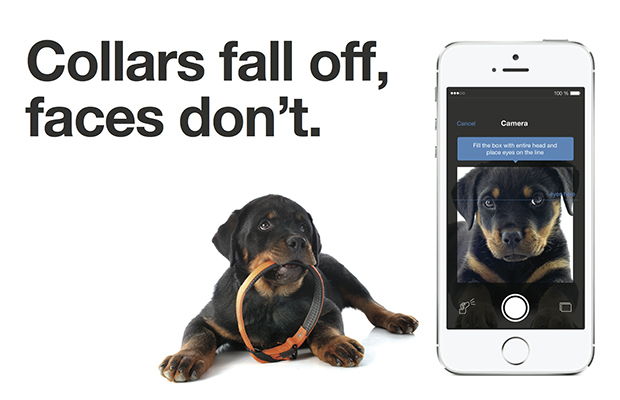We call it
“liquid gold” because it’s such a valuable diagnostic tool. With as little as a
teaspoonful of urine, we can detect a multitude of ills including kidney
disease, endocrine disorders, liver disease, urinary tract infections, even
bladder cancer. We realize that the request to “please bring in a urine sample”
can cause angst in even our most intrepid clients. So I’m coming to the rescue with some hints on
how to collect urine from your dog or cat.
You’ll never look at popcorn the same way again!
Collecting urine from your dog
Before collecting urine yourself, it’s
important to clean the tip of the prepuce (the skin that covers the penis) in a
male dog and the vulva in a female dog. If that isn’t done, dried cells and mucus
can contaminate the sample. Use a clean, moist cloth or a baby wipe.
Containers
that can be used for urine collection are limited only by your imagination; the
lid from a small jar is suitable for a toy breed, and a margarine container
serves well for a bigger dog. Just make sure they’re spotlessly clean, and the
right size for your dog. It may be easier to use a ladle or a paper cup that’s
taped to a yardstick so you don’t have to bend over. Or you can borrow our fancy Olympic Clean Catch, which is a professionally designed
ladle-like gizmo with a long handle and a removable plastic container on the
end. It makes collecting urine easy-peesy!
We also provide free urine collection kits, with a banana split
container you can use to catch the sample and a sterile container in which to
transport it to the animal hospital. Do you see a disturbing trend using
food-related items here?
Collecting urine from your cat
Here’s where
the art comes in. We cat lovers know how our feline friends hate it when we
tamper with their litter box, but collecting urine necessitates some modification
of the status quo.
Try this method, which I find works
about half of the time: Place a clean litter liner over the existing litter, or put the
entire litter box in a plastic garbage bag. Press the plastic against the
litter so your cat can feel the litter through the plastic. She’ll urinate on
the liner, and you’ll get a nice, clean sample.
Whether dog
or cat urine, a fresh specimen is best; samples checked within a couple hours
of collection yield the most accurate results. That’s not always possible, so
we tell our clients to do the best they can and refrigerate samples that can’t
be brought in right away. Any urine is often better than no urine.Occasionally,
neither pet owner nor animal hospital employee has success in collecting urine.
If a urine sample is essential, or if we need a urine culture, the veterinarian
can collect it via cystocentesis. We insert a small needle through the skin
directly into a full bladder and withdraw urine. It sounds nasty, but it’s
actually painless. Nevertheless, some dogs and cats will need sedation because
they don’t tolerate being restrained.
If
you want to borrow our Olympic Clean-Catch, need a urine collection kit, or
simply need further advice, give us a call; with our assistance, urine good
hands!





